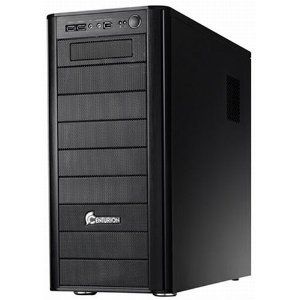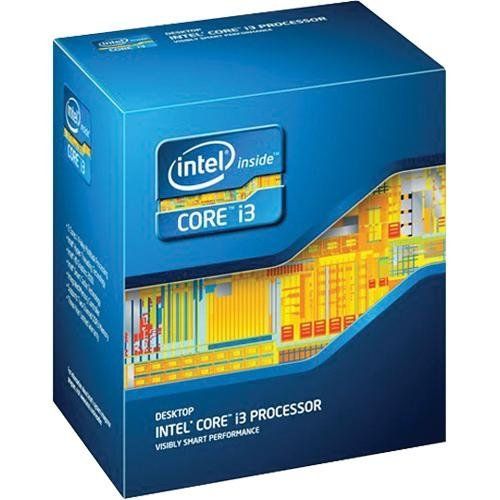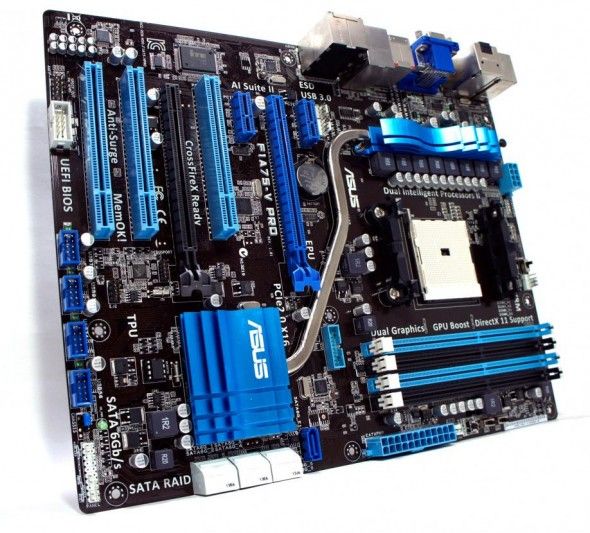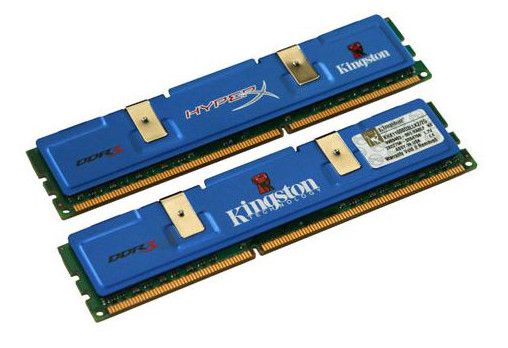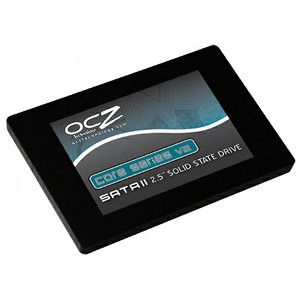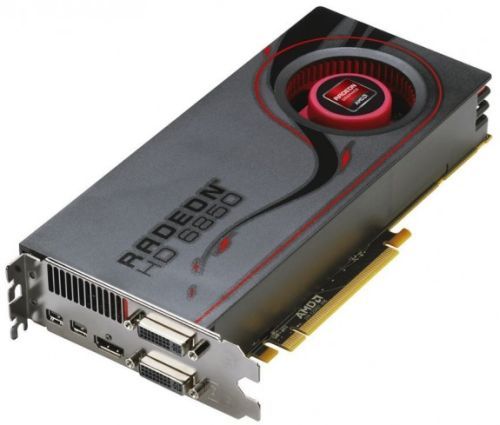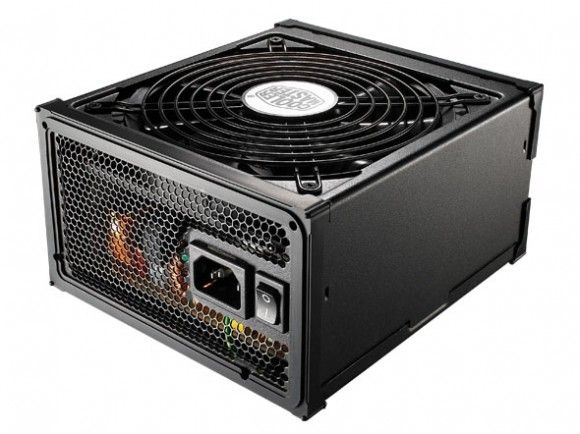Purchasing a new computer is a big deal. If you’re a MakeUseOf reader there’s a decent chance that your computer is your most important electronics device. It can be used for work and play and even people who aren’t particularly technical often find themselves using a PC for several hours every day.
Buying a computer with the right parts can mean the difference between years of pleasurable PC use and years of feeling like you were ripped off. But how do you know what to buy? How do you make sense of the components? Let’s go through the typical PC piece-by-piece.
The Heart Of Your PC – The Processor
The processor seems like a nice place to start. It has a significant impact on performance and will also dictate the motherboard you buy.
Performance tends to fall into two categories, per-core and multi-core performance. Per-core performance is the amount of grunt a single core can muster. It’s important because many applications still are not will optimized for more than one or two threads. Dual-cores are still adequate for basic entertainment PCs, low-end gaming rigs and office computers.
With that said, multi-core performance does become important in applications that can use multiple threads well. An application that’s well coded for multiple cores may run nearly twice as quick as it would on a dual-core. Quad-cores are also affordable and becoming more affordable every year, so it's a good idea to buy one if you consider yourself a demanding user.
There are three resources that have charts that judge the latest processors - PassMark, Tom’s Hardware [No Longer Available] and Anandtech. Each site maintains a benchmark database that is constantly updated, making it easy to compare the latest products.
The Bones Of Your PC – The Motherboard
If you buy a computer from a major manufacturer you will not be able to choose your motherboard. Boutiques like Falcon Northwest and Velocity Micro may give you a choice, however. And you can pick whatever you’d like if you build your own.
Motherboards have almost no impact on performance. They are best judged by their features. Different motherboards may have different BIOS, different fan speed controls and different ports selection. High-end motherboards will include features that make them easier to overclock or allow the use of multiple video cards.
Some recent motherboards are starting to use a replacement for BIOS known as the Unified Extensible Firmware Interface. It serves the same function as BIOS but it can handle mouse input and be designed with a more user friendly graphical interface. UFEI is a nice feature to have, but some implementations of it could use some work. Performance and interface issues plague the worst examples of the breed.
If you want the easy route, go to your favorite computer hardware retailer and pick the motherboard with the best customer reviews. If more research doesn’t bother you, go to The Tech Report, Anandtech and PC Perspective to read the latest motherboard reviews.
Remembering The Groceries - RAM
RAM, your computer’s short-term memory, used to be a big deal. These days it’s a basic commodity. Yes, there is a difference between RAM speeds, but not outside some very niche scenarios. And yes, more is better, but the benefit of exceeding what you need is slim. Most people can buy 4GB (for a typical home PC) or 8-16GB (for a gaming rig or workstation) and be done with it.
If you are building your own system be careful to buy the correct RAM. Today’s most common standard is DDR3-1333, but that could change in the future. Your motherboard determines RAM compatibility so just read its specification sheet to find out what you need. You can usually find this listed at online retailers or the manufacturer website.
You should also buy two RAM sticks of the same capacity and speed unless your motherboard relies on tri-channel memory (as is the case with a few Intel chipsets) in which case you'll want to buy three identical modules. Again, reference the motherboard's specifications find out what is recommend for your build. Using multiple RAM modules of different size won't crash your computer but it will reduce memory performance.
Remembering Your 12th Birthday – The Hard Drive
You have some decisions to make when buying long-term memory. Solid state drives are extremely quick, but also expensive. Most people can’t afford to use them as their only form of storage. Mechanical drives are the best bet for storing a lot of data.
But why choose? If you have some money to spend, buy both. A 120GB solid state drive isn’t outrageously expensive and is large enough to fit your operating system and a few critical programs. You can then add in a 1TB mechanical drive for mass storage.
If your budget is tight, go with the fastest mechanical drive you can reasonably afford. This will usually be a 7,200RPM drive. It can’t match the access times of a solid state drive but transfer speeds are adequate.
Gaming Delight – The Discrete Video Card
Intel likes to claim its integrated graphics solution is great for gamers. AMD likes to say the same. Frankly, it’s all baloney, and probably will always be baloney. Integrated graphics can be used to play games in the same way a butter knife can be used to cut steak. It can be done, but you won’t enjoy doing it.
Discrete video cards are as complex as processors and even more important to gaming performance. There’s no particular rule of thumb that applies. Just check the performance benchmarks at Passmark, Tom’s Hardware [No Longer Available] and Anandtech.
You should also pay attention to video card reviews. It’s common for a video card manufacturer to use a custom design which changes the cooling solution and overclocks the card. You’ll need to read reviews of the card you’re considering to see how these changes impact performance.
For further information check out my articles on buying the right video card, new video card features and the impact of multiple video cards (SLI/CrossFireX) on gaming performance.
Keeping It Cool
All processors (besides OEM parts) and computer cases come with fans for cooling. They are usually a bit cheap, however. You can improve cooling and reduce noise by going with a custom solution.
Systems without an overclocked processor can easily have the processor handled by an inexpensive air cooler or low-end water cooler. You will have to read reviews to gain insight into the current best option, or you can just follow the crowd and go with what’s most popular online. Expensive options (those over $50) are only necessary if you want to overclock.
Water cooling is now mainstream thanks to products like the Corsair H-Series and Antec Kuhler. But there's no free lunch. Affordable, self-contained water cooling systems aren't necessarily quieter or cooler than the best air coolers. They are smaller than air coolers, however, so they can be a good choice for small systems. Traditional water cooling via an external radiator is still an option but only necessary if you want to overclock your computer to the max.
Case fans are harder to pin down. Reviews can help, but there aren’t many fan speed reviews. You’ll have to read up on hardware forums to gain user impressions. Also pay attention to manufacturer claims about airflow and decibel rating.
Keeping It Powered
The power supply is another component you’ll probably never get to pick if you buy pre-built. If you’re going the DIY route, however, it’s important to consider.
Power supplies differ in build quality, reliability and power output. Your goal should be to buy an affordable but reliable unit that meets your power needs. Figuring your power needs can be difficult, so I wrote an entire article about choosing a power supply. You’ll find a lot of helpful information there.
I recommend power supplies from Corsair, Seasonic, Antec, PC Power And Cooling, OCZ Technology and Cooler Master. Look for reviews on a specific option before buying. That will tell you if the quality of the product is up to expectations.
The 1/3/5 Rule
Now that we’ve addressed each component let’s talk about an important rule that applies to all computer hardware. It’s called the 1/3/5 rule.
Whatever you buy today will be beaten by a new product one year from now. It will be entirely mundane three years from now. And it will be obsolete five years from now. This applies to everything, even a fancy $1,000 graphics card or processor.
The implication of this rule is that future proofing is not possible, which in turn implies you should only buy what is adequate for you right now. If you have a 1080p display there’s no need to buy a graphics card that is powerful enough to handle 2560x1440. If you don’t use up eight gigabytes of RAM there’s no need to buy sixteen.
You’ll save a lot of money if you keep this in mind while researching the components above. You will need to upgrade more frequently, but you’ll be spending a lot less each time you make a leap to your next build. It ultimately works out to a better value.
Conclusion
You should now have the basic information that you need to start looking for components. There’s almost no end to the depths you can explore – PC hardware is a complex topic. But going in-detail may not help you find a better deal on the hardware you need. Indeed, you may end up like me. I sometimes break my own rules and buy hardware that’s faster than I need because it excites me.
Then again, there’s nothing wrong with enjoying your PC. Just keep my advice in mind and don’t let excitement take over when you click the “Add to Cart” button.

